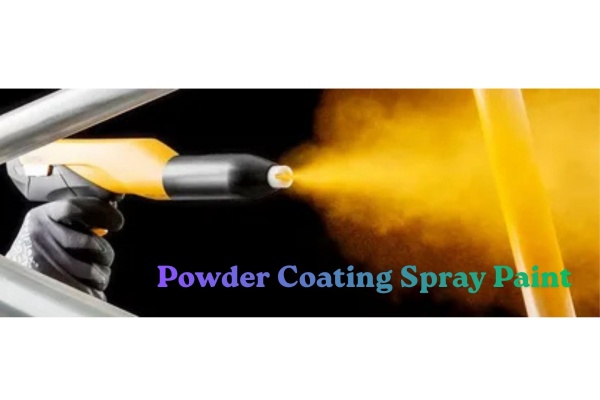
In the world of modern manufacturing and design, surface finishing plays a critical role in both aesthetics and durability. One of the most innovative and sustainable finishing techniques today is Powder coating spray paint. Unlike traditional liquid paints, powder coating offers a tougher, longer-lasting, and more environmentally friendly solution for coating metal, aluminum, and even some plastic surfaces.
What is Powder Coating Spray Paint?
Powder coating is a dry finishing process that involves applying a free-flowing, electrostatically charged powder to a surface. The powder is typically made from a combination of finely ground pigments, resins, and additives. Once sprayed onto the part, the coated object is baked in an oven, where the powder melts, flows, and forms a smooth, durable, and uniform layer.
This method is widely used in industries such as automotive, construction, appliances, furniture, and electronics due to its excellent performance and efficiency.
How Does Powder Coating Work?
- Surface Preparation
The first step involves cleaning and preparing the surface to ensure the powder adheres properly. This may include degreasing, sandblasting, or chemical treatment. - Powder Application
The powder is applied using a powder coating spray gun that charges the particles electrostatically. The charged powder sticks to the grounded surface evenly. - Curing
The coated item is then placed in an oven at 160°C–210°C (320°F–410°F). The heat causes the powder to melt and chemically bond into a hard, smooth coating. - Cooling and Inspection
After curing, the product is cooled and inspected for consistency, thickness, and finish quality.
Types of Powder Coatings
- Thermoset Powders – Common in industrial use; once cured, they form permanent chemical bonds and cannot be re-melted.
- Thermoplastic Powders – Can be melted and reformed, making them suitable for flexible or reusable coatings.
Common powder coating materials include epoxy, polyester, polyurethane, acrylic, and hybrid blends, each offering unique benefits depending on the application.
Advantages of Powder Coating Spray Paint
- Durability: Resistant to scratches, chipping, fading, and corrosion.
- Eco-Friendly: Contains no solvents or VOCs (volatile organic compounds), reducing air pollution.
- Efficiency: Overspray can be collected and reused, minimizing waste.
- Aesthetic Variety: Available in countless colors, textures, and gloss levels.
- Cost-Effective: While setup can be more expensive initially, long-term maintenance and re-coating costs are lower.
Applications of Powder Coating
Powder coating spray paint is used across a wide range of products, including:
- Automotive parts – wheels, bumpers, frames
- Household appliances – refrigerators, washing machines, ovens
- Architectural elements – window frames, railings, and gates
- Outdoor furniture – patio sets, garden tools
- Electronics and industrial machinery
Challenges and Limitations
While powder coating offers numerous benefits, it does have some limitations:
- Limited to heat-tolerant materials: Not suitable for plastics or composites that cannot withstand curing temperatures.
- Equipment cost: Requires specialized spray systems and curing ovens.
- Touch-ups: Difficult to repair small areas without recoating the entire surface.
Conclusion
Powder coating spray paint represents the future of surface finishing — combining strength, sustainability, and style. As environmental regulations tighten and industries demand more durable finishes, powder coating continues to gain traction as the preferred choice for manufacturers and DIY enthusiasts alike.
Whether for industrial use or creative home projects, powder coating offers a cleaner, greener, and longer-lasting solution that outperforms traditional paint in almost every way.

